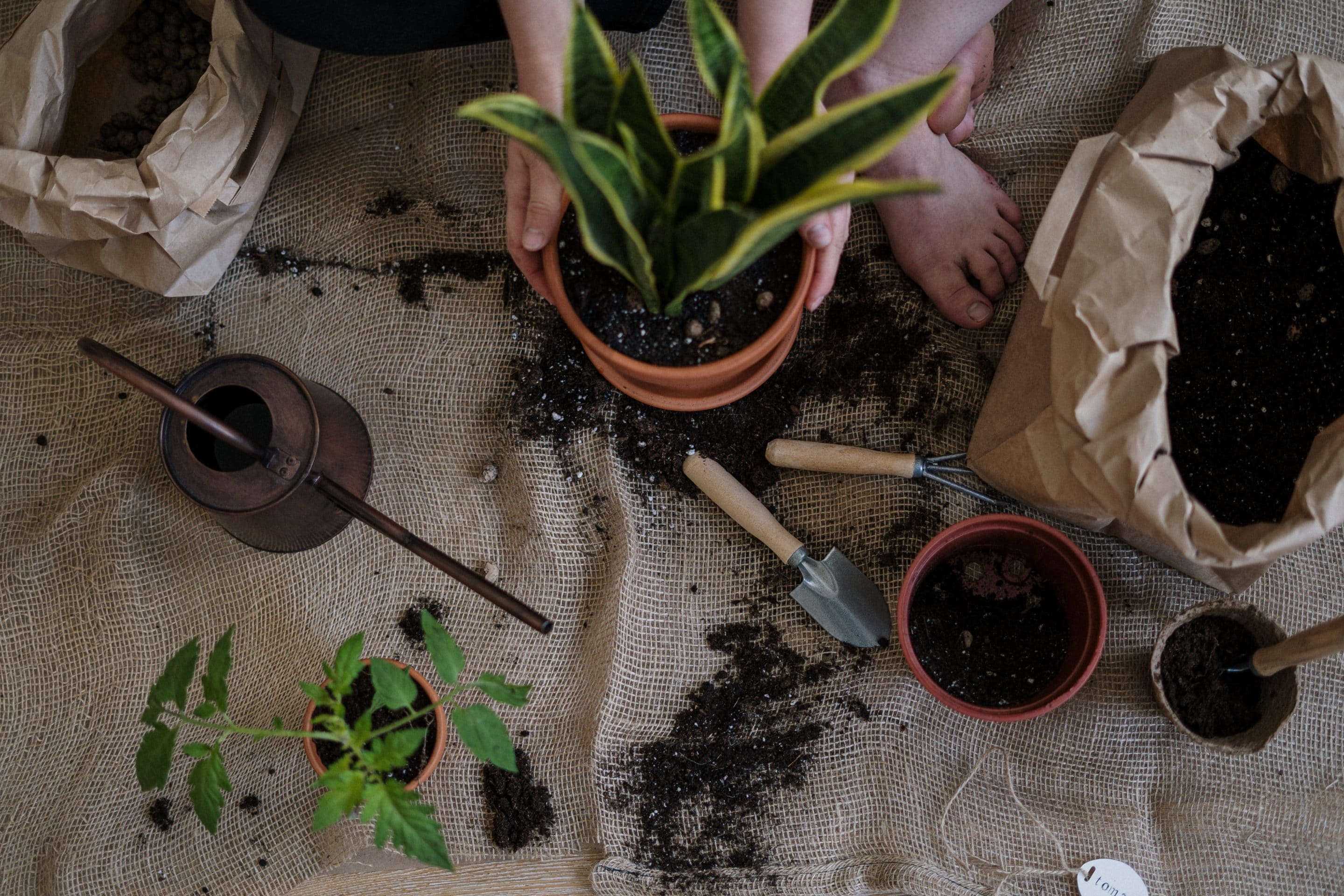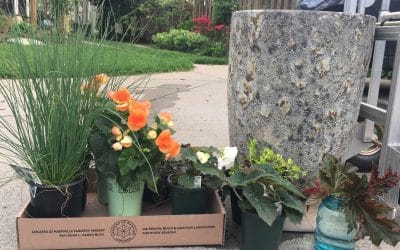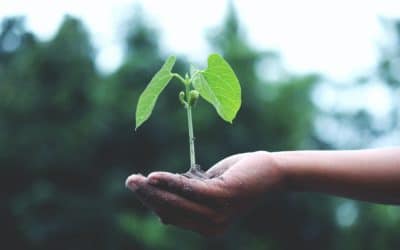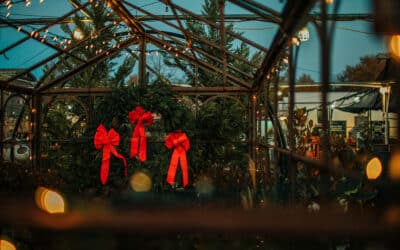————————————————————–
It’s still more than a month before winter officially sets in, but your houseplants are already feeling the change. With fewer hours of daylight and cooler temperatures, even the plants inside your home are getting ready for that shift in the seasons. Here’s how to help them through the shorter, darker days of winter.
Water
During the growing seasons, most houseplants require more moisture to help feed those actively growing roots and foliage. But in winter, some of your favorites may need less. Factors that determine their water needs depend on the species, as well as the air temperature and the container they’re in. You’ll want to be careful not to over-water, which could cause roots to rot.
One good way to determine if it’s time to water is by checking the soil moisture with your finger. The potting mix may feel dry on the surface, but poke a finger an inch or so into the soil to test for moisture. If it still feels dry, it’s time to water.
Of course, if the leaves are drooping, the plant is most likely telling you it’s thirsty, but in some plants, that could be a sign of too much water. Before you automatically fill up the watering can, get to know the plants’ individual needs.
Humidity
One thing about heated indoor air in winter: it’s dry. And if your houseplants are not the type that prefer an arid environment, they won’t live up to their potential unless you provide the humidity – the amount of water vapor in the air – they crave.
There are several ways to raise the humidity level around plants: Mist them occasionally with a fine spray of water; place them on watertight, pebble-lined trays filled halfway with water; group them close together so that they form their humid own micro-climates. If you can put them in a bathroom or other space that is naturally more humid but still provide the light they require, your work is done.
Fertilizer
In general, many houseplants are going through a period of slower growth or dormancy, and don’t need as much fertilizer as they might when they are actively growing. An exception may be plants that are growing under lights. If you do find the need to provide nutrients, feed plants when the soil is already moist to avoid possible damage to the plant’s root system.
Plant pests
In spite of best efforts, sometimes unwanted guests appear on your houseplants. Aphids, mealybugs, scale insects and mites are among the most common pests. Left unchecked, they can cause damage and weaken the plant. And since there are no natural predators inside your house — no birds, ladybugs or other beneficial insects — they can multiply rapidly and move from one plant to another. If you spot any of these pests, take action to keep your plants healthy during the winter months.
It’s also important to keep the plants and the area around them clean. Remove wilted leaves and dead, dry foliage from the soil before they rot or grow mold, and sweep up fallen leaves and debris that could harbor bacteria or fungi.
Coming In From the Cold
What about those houseplants that spent the summer outdoors? Houseplants are generally tropical in origin, so they may quickly succumb to temperatures that fall into the 40s or below. Be sure those plants are back in a more comfortable environment before temperatures go that low.
But before you bring them into the house, examine the plants and their pots for problems:
- Clean out any leaves or other debris that may have accumulated in the pots during the summer. Examine the plant’s soil and, if possible, the roots, looking for earthworms, ants, pillbugs, snails and other creatures you don’t want to bring indoors.
- Wipe down or scrub the outsides of the pots to remove dirt, and wash drainage trays.
- Inspect the stems and leaves, looking for any of those insects that can damage the leaves and spread to other plants – those aphids, mealybugs, scale insects and mites are among the most common culprits. If you do find insects ready to hitch a ride inside, take appropriate measures to control them before you make the move.
Winter care for houseplant favorites
Do you have one (or more) of these popular plants? Here’s what they need to thrive in your home during winter, according to The Complete Houseplant Survival Manual by Barbara Pleasant:
Monstera: Moderate to bright light, no direct sun. Allow the soil to dry within an inch of the surface between waterings; needs less water in winter.
Fiddle-leaf fig: Bright to moderate light or fluorescent light. Keep the soil slightly moist at all times, but avoid over-watering.
Snake Plant (Sanseveria): Moderate light. Allow the soil to become nearly dry between waterings.
African violets: Bright indirect light or fluorescent light. Keep the soil slightly moist at all times, and water the soil, avoiding the leaves. Feed African violets year-round for best blooms.
Peace lily: Low to moderate light. Keep the soil slightly moist at all times, but avoid over-watering. Room-temperature water is best.
Visit the Gardens of Babylon Garden Center to see a wide selection of houseplants to add to your indoor garden.






